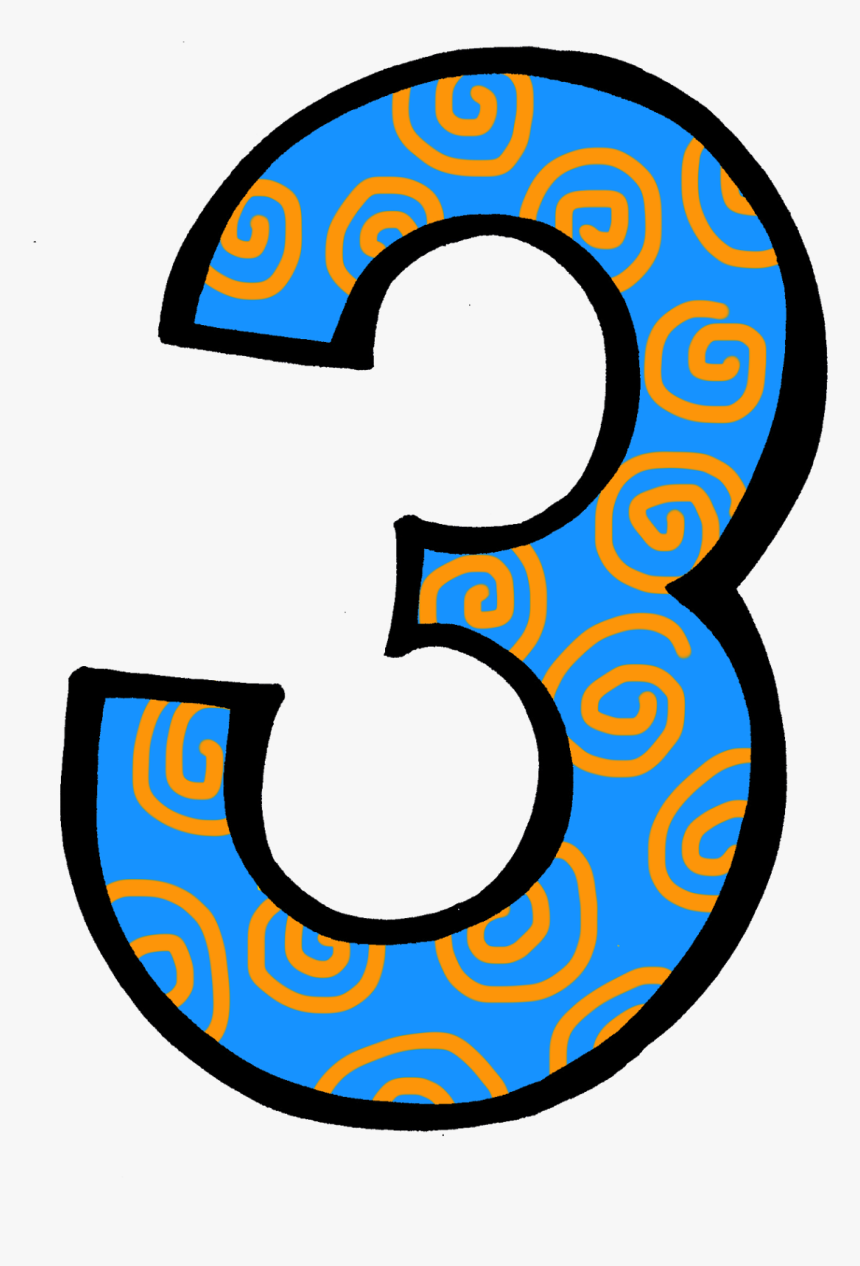Three Black Teenagers - Unpacking Search Results
Have you ever stopped to think about what happens when you type something simple into a search engine, like say, "three black teenagers"? What kind of pictures do you honestly expect to see pop up? It's a rather interesting question, especially when you consider how much of our everyday view of the world is shaped by what we find online. Sometimes, the answers that appear on our screens can be quite surprising, even a little unsettling, and they might just make you pause and think about bigger things.
You know, it's pretty common for people to just punch in a few words and expect a certain kind of outcome. But what if those expectations are completely turned on their head? What if a seemingly innocent search for "three black teenagers" brings up something entirely different from what you might picture for, say, "three white teenagers"? This isn't just about a few random pictures; it's almost about how the internet, in a way, reflects and perhaps even amplifies certain ideas that are already out there in the world.
This whole situation actually started to get a lot of attention a few years back, when people began noticing some really stark differences in what came up for these specific search terms. It wasn't just one person seeing it; quite a few people started talking about it, and it really got folks wondering about what was going on behind the scenes with these search engines. It made a lot of people feel like there was something important to discuss, something that needed a closer look.
- Nekokix Onlyfans Leak
- Askashley479 Onlyfans
- Louise Bordeaux Nude
- Cu%C3%A1ndo Juega Argentina
- There Are Cathedrals Everywhere
Table of Contents
- The Image Puzzle
- What Do You See When You Look Up Three Black Teenagers?
- A Stark Contrast
- How Do Results Differ for Three White Teenagers?
- When the Internet Speaks
- What Sparked the Conversation Around Three Black Teenagers?
- Community Reactions to Images of Three Black Teenagers
- Can We Understand the Bias Affecting Three Black Teenagers?
The Image Puzzle
It's fascinating, really, how a simple search can tell us so much about the world and how information is presented. Think about it: when you're looking for pictures, you often have a certain idea in your head, don't you? You might expect to see everyday scenes, perhaps young people just living their lives. Yet, sometimes, the actual results can be quite different from what you'd expect, which is sort of what happened here. This particular situation with the "three black teenagers" search term really brought this to light for many people.
Back in 2016, a person on Twitter, who goes by @ibekabir, decided to try something out. They just typed "three black teenagers" into a popular image search engine, and what came up was, well, a little surprising. It was mostly pictures that looked like police booking photos. Then, just to see, they tried "three white teenagers," and the results for that were, in a way, almost the complete opposite. It made a lot of people wonder, you know, why such a big difference?
This isn't the first time something like this has come up, actually. There was another instance around the same time involving searches for "unprofessional hairstyles for work," which also showed some pretty skewed results. So, it seems like these kinds of issues with search results, especially when they touch on things like appearance or groups of people, tend to get a lot of attention and make people think about how these systems work, or perhaps, don't work as fairly as they should. It's a really important conversation to have, obviously.
What Do You See When You Look Up Three Black Teenagers?
When someone decided to type "three black teenagers" into a well-known image search engine, what they found was, in a way, pretty consistent across many of the top results. The pictures that showed up were often of young people in what looked like police mugshots. This wasn't just a few isolated images; it was, for the most part, what you saw. It’s a very distinct kind of image, and it certainly gives a particular impression, doesn't it? It made many people feel a certain way about how these young people were being represented online.
It's almost as if the search engine had a specific idea of what "three black teenagers" meant, and that idea seemed to be connected with law enforcement records. This kind of portrayal can have a real impact on how people perceive a group of individuals. If this is what you see predominantly, it can, in a way, shape your view, even if you don't realize it. It's a rather powerful thing, the images that come up first in a search, because they often set the tone for what you understand about a topic or a group.
The person who first brought this to wider attention, @ibekabir, made a video showing this very thing. They typed the words, and then they showed what appeared on the screen. It was a very direct way to show the situation, and it made it very clear to anyone watching what the search results were like. This visual proof was, in some respects, quite impactful, and it really helped to spread the word about what was happening with the images of "three black teenagers."
A Stark Contrast
Now, to really understand the situation, it helps to look at the other side of the coin. The person who discovered this disparity didn't just stop at one search. They went on to try a very similar phrase, but with a key difference, and the results were, frankly, quite different. This comparison is what really made the whole thing stand out and made so many people pay attention. It's like seeing two completely different worlds just by changing one word, you know?
It’s almost like the internet has two different filters, depending on the words you use. This contrast makes you wonder about the underlying systems that produce these results. It's not just about a few pictures; it's about the patterns that emerge, and those patterns can tell us a lot about how information is organized and presented to us. It really makes you think about the broader implications of what we see online, doesn't it?
The viral nature of the video that showed this comparison meant that a lot of people, who might not have thought about it before, suddenly saw it with their own eyes. This kind of direct evidence can be very powerful in getting people to understand an issue. It wasn't just someone talking about it; it was someone showing it, and that, in a way, made it much more real for many viewers. It truly highlighted the difference in how "three black teenagers" and another similar search were treated.
How Do Results Differ for Three White Teenagers?
When the same person typed in "three white teenagers" into the image search, the pictures that came up were, by and large, very different from the previous search. Instead of booking photos, what appeared were images of young people smiling, often in groups, looking like they were having a good time. Many of these pictures looked like what you'd call "stock photos," the kind of images used for advertisements or general cheerful portrayals. It was a very clear shift in the kind of visuals presented.
This difference was, in a way, quite striking. One search yielded images that seemed to suggest a connection to crime or legal trouble, while the other showed young people in a very positive, everyday light. It's a bit like seeing two different stories being told, just based on the words used in the search. This kind of distinction really made people on social media feel a certain way, and they started to talk about it quite a lot, wondering why there was such a gap in the types of images.
Some people on Twitter quickly pointed out that many of the images for "three white teenagers" were, in fact, stock photos, meaning they were created for general use and often depict idealized situations. This observation added another layer to the discussion, as it highlighted that one group was being represented by commercial, often happy, imagery, while the other was primarily shown through a different, more serious lens. It really made you think about the implied messages, you know, that were coming through for "three black teenagers" versus the other search.
When the Internet Speaks
The internet, especially social media, has a way of bringing these kinds of observations to the forefront very quickly. When @ibekabir's video started circulating, it didn't take long for it to get a lot of attention. People began sharing it, commenting on it, and trying the search themselves. This kind of widespread sharing means that an issue that might have gone unnoticed by many suddenly becomes a big topic of conversation. It's pretty amazing how fast things can spread, actually.
The discussion wasn't just about the pictures themselves; it was about what those pictures suggested. People started talking about how search results might reflect, or even reinforce, certain ideas that are already present in society. It's like the search engine, in a way, was mirroring some of the ways people think about different groups. This made the conversation much bigger than just a few images; it became about bias and how information systems operate. It really got people thinking, you know, about the broader picture.
The fact that a major technology company had to respond to these claims shows just how much impact this issue had. When something goes viral and raises questions about fairness or representation, companies often feel they need to address it. It’s a very public way for concerns to be raised, and it puts pressure on those who create and manage these systems to explain themselves. This situation with "three black teenagers" certainly prompted a lot of questions and a need for answers from the search engine provider.
What Sparked the Conversation Around Three Black Teenagers?
The initial spark for this widespread discussion was, as mentioned, a video shared on Twitter by @ibekabir. This person simply showed themselves typing in the phrase "three black teenagers" and then displaying the results on their screen. The straightforward nature of the video, just showing what happened, made it very easy for people to understand the core issue. It was a very direct way to bring a potentially complex problem to light, and it resonated with many viewers, you know, almost immediately.
The video quickly gained a lot of views and shares because it presented a clear, undeniable difference in search outcomes. It wasn't just a theory; it was something people could see for themselves. This visual evidence was, in a way, very powerful in convincing people that there was indeed something worth talking about. It made the issue of how "three black teenagers" were represented feel very real and tangible to a broad audience.
Many media outlets picked up on the story, further amplifying the conversation. When news organizations start covering something that originated on social media, it usually means the issue has reached a certain level of public interest. This coverage helped to move the discussion beyond just Twitter and into broader public awareness, making more people aware of the unusual search results for "three black teenagers" and the questions they raised about fairness and digital representation. It really became a significant talking point, obviously.
Community Reactions to Images of Three Black Teenagers
The reaction from people on Twitter and other social media platforms was, in a way, a mix of shock, concern, and a desire for answers. Many users expressed surprise at the consistent pattern of mugshots for "three black teenagers," especially when compared to the cheerful stock photos for the other search term. It made a lot of people feel like there was an unfairness in how these images were being presented, which is a pretty serious thing to consider.
Some people pointed out that this kind of image representation could contribute to harmful ideas or assumptions about young people of color. If the primary visual association with a group is negative, it can, in some respects, affect how that group is perceived by others. This deeper concern about the societal impact of search results became a central part of the conversation. It wasn't just about the technology; it was about the human element and how people are seen. It's a very sensitive topic, actually.
The discussions also brought up the idea that these search results might reflect existing biases in the data that the search engines learn from. If the internet is full of certain types of images linked to certain groups, then the search engine might simply be reflecting that existing pattern. This led to questions about how these systems are built and whether they can be designed to be more fair and balanced in their representations, especially when it comes to phrases like "three black teenagers." It's a really complex issue, you know, when you start to look at it closely.
Can We Understand the Bias Affecting Three Black Teenagers?
Trying to understand why these search results appeared the way they did involves looking at a few different things. It’s not always a simple answer, as these systems are quite intricate. One idea is that search engines learn from the vast amount of information already out there on the internet. If a particular type of image, like mugshots, is frequently associated with news stories or discussions involving "three black teenagers," then the search engine might simply be reflecting that common association. It's like it's just showing what it's been taught, in a way.
Another point to consider is the way information is categorized and tagged online. Sometimes, the labels or descriptions given to images can influence how they appear in search results. If images related to arrests or legal issues are heavily tagged with terms that include "black teenagers," then those images might naturally rise to the top for such a search. It’s a bit like a self-fulfilling prophecy, you know, where the existing data shapes future results.
Ultimately, this situation with the search for "three black teenagers" really opened up a broader conversation about how technology can reflect and sometimes even amplify societal biases. It made people think about the responsibility of companies that create these powerful tools to ensure they are fair and equitable in the information they present. It's a very important discussion to keep having, as it helps us to think more critically about the digital world we live in and how it shapes our perceptions. It's pretty clear there's still work to be done, obviously, in making these systems truly unbiased.
This article has explored the surprising differences in image search results for "three black teenagers" compared to "three white teenagers," highlighting how a viral video brought this disparity to public attention. We looked at the nature of the images that appeared for each search, the strong reactions from social media users, and the wider implications concerning bias in digital platforms. The discussion touched upon how such search outcomes can reflect existing societal biases and the ongoing conversation about fairness in technology.

Number Clipart Individual Number - Number Three Clipart, HD Png

3d golden number 3 13166893 PNG

3d number 3 red 11298047 PNG